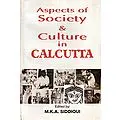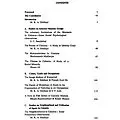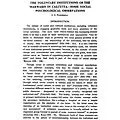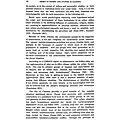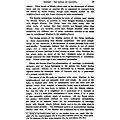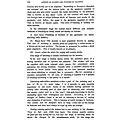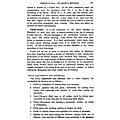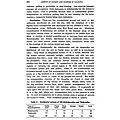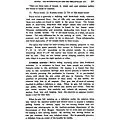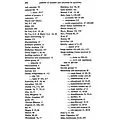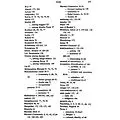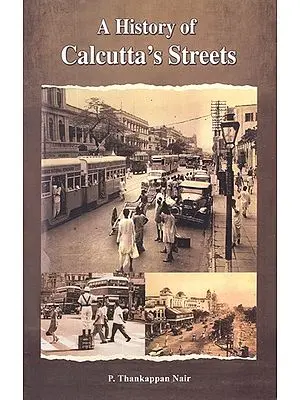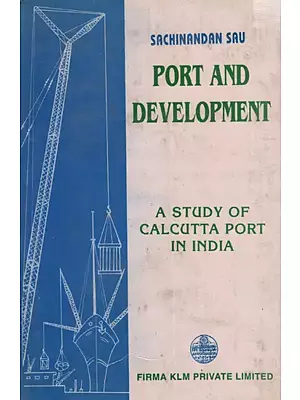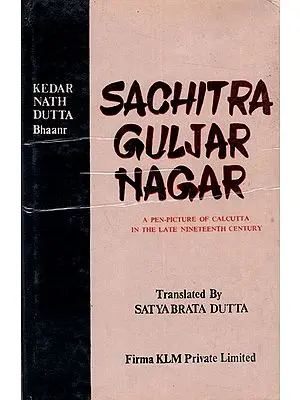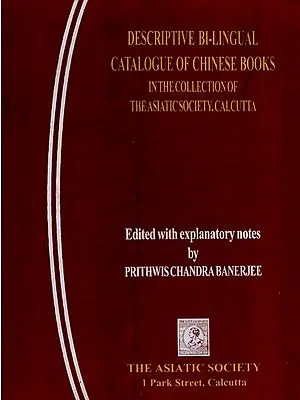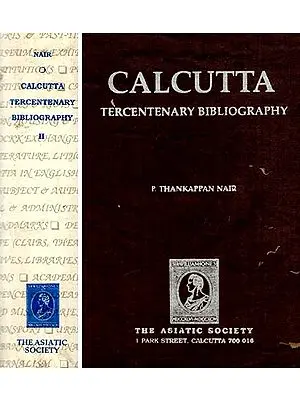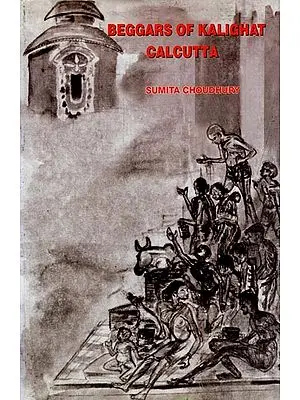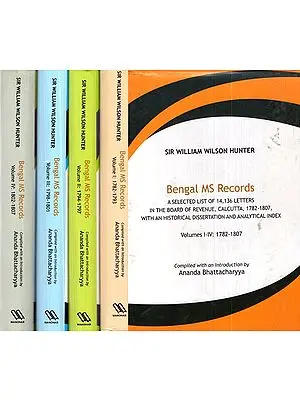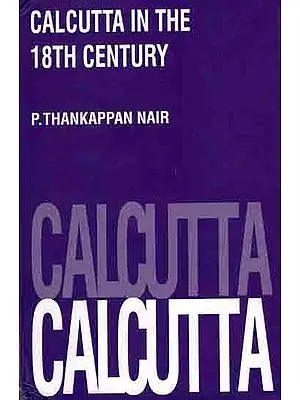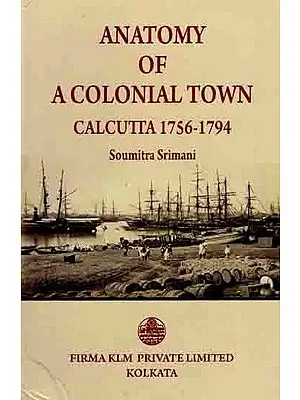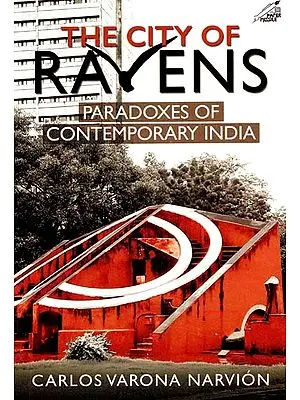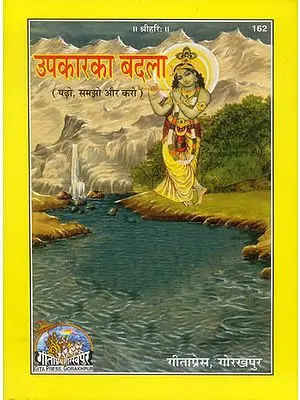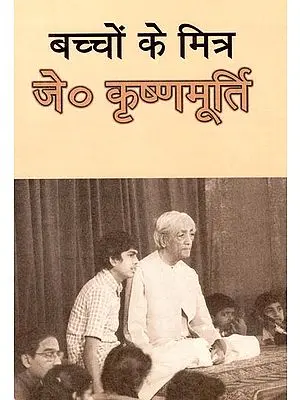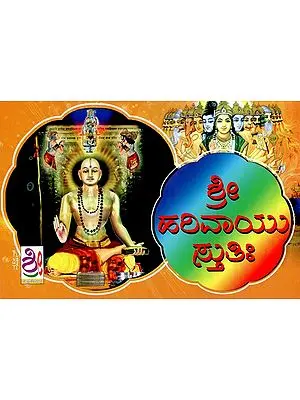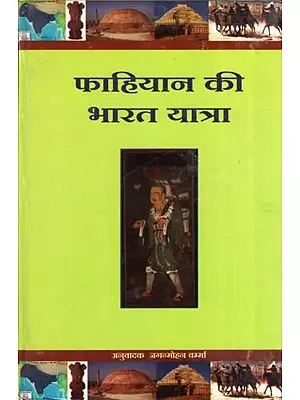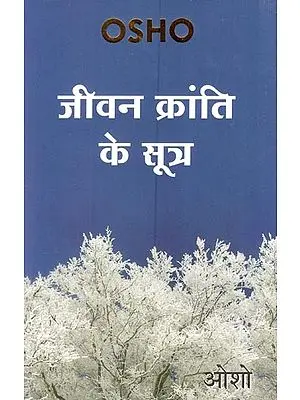Aspects of Society & Culture in Calcutta (An Old Book)
| Express Shipping: Guaranteed Dispatch in 24 hours |
|
| Item Code: | UAB969 |
| Author: | M.K.A. Siddiqui |
| Publisher: | Anthropological Survey Of India, Kolkata |
| Language: | English |
| Edition: | 2010 |
| Pages: | 273 |
| Cover: | HARDCOVER |
| Other Details | 9.50 X 6.50 Inches |
| Weight | 700 gm |
Traditional or traditionalised occupations persist where they have a chance to operate despite the growth of an infinitely large number of specialised activities in the urban centre, beyond the comprehension of tradition. The fact of craftsmen being exploited by the commercial class has also been highlighted.
The concept of neighbour-hood has got diluted in the wake of unprecedented systematic inflow of immigrant population. Areas of limited proximity often carrying the notion of neighbourhood are generally areas of cultural homogeneity. Again pressure on space in a commercial nerve centre does not allow the distinguishing features of communities to reflect in the pattern of land use while the same communities spilling over to areas of comparatively less pressure show conformity to predominant norm.
The life of the various segments of society living a marginal and sometimes transitional existence has also been focused upon.
We tried to follow up the pioneering efforts of, Professor Bose by taking up a series of short term studies on the society and culture of a number of ethnic groups, neighbourhood and occupational categories in Calcutta. In spite of long exposure to the modern world of commerce industry and metropolitan administration this decisive city of India continues to shelter many diversities. The overall cultural climate of the city and the unique pattern of growth seem to encourage a caste like segmentation and segregation of social and cultural life in the wide complex arena of the city. In the volume we also get some hints on how processes of unity have been built up in two different kinds of neighbourhoods and how people live a marginal, and sometimes transitional, existence at a level of dire poverty.
I heartily congratulate Dr M. K. A. Siddiqui for coordinating the research work done by thirteen scholars and for writing a very lucid introduction to volume while taking the responsibility of editing it.
I hope through similar research projects taken up in other large cities of India, we would gain a proper understanding of the distinct configurations and personalities of the major Indian cities in dealing with the problems of ethnicity, affluence, poverty, creativity and unity at neighbourhood and wider levels.
The opportunity to embark on the project culminating in the present volume, however, came a little too suddenly when a certain amount of stress on the financial resources of the Survey during, the period of national crisis in 1969-71 in the wake of Indo-Pakistani conflict pre-vented work on projects involving tours to distant areas. This became a blessing in disguise, since over a dozen of researchers was immediately available to participate in the hitherto less explored field to gain initial experience in urban studies. In planning this project Dr. Surajit Sinha very aptly felt that the experience could best be gained through actual involvement of researchers with problems relating to the city of Calcutta where the headquarters of the Anthropological Survey of India is based. In involving the researchers with the fieldwork in the city simultaneously for a single field season it was considered by and large appropriate to allow the individual researcher to select a problem of his own choice.
Book's Contents and Sample Pages

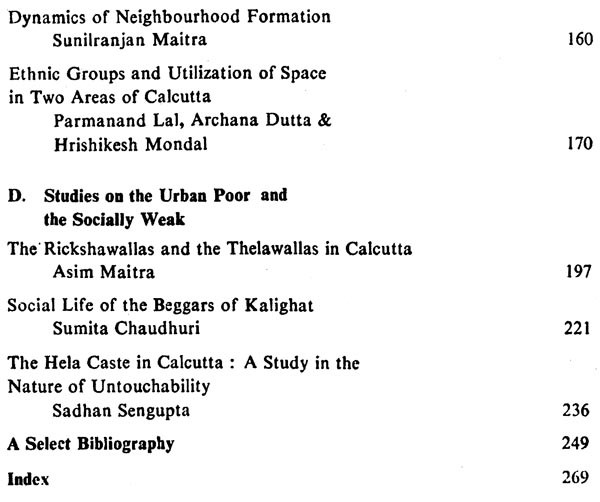
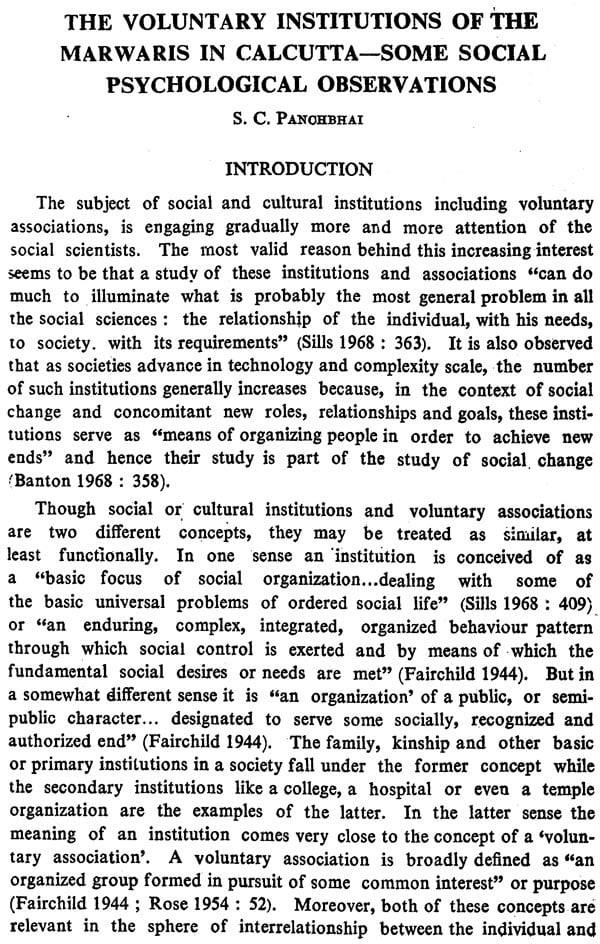
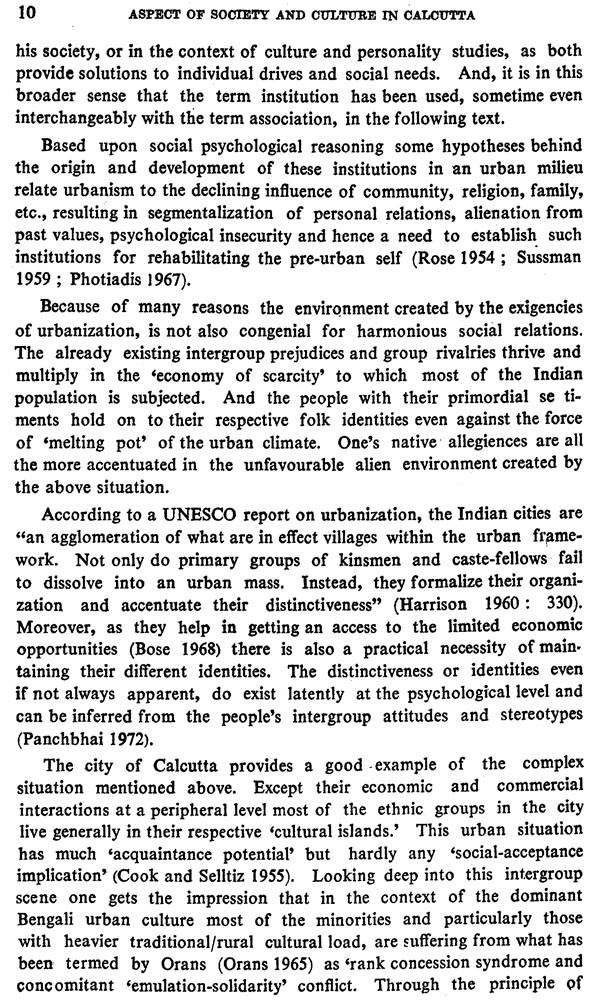
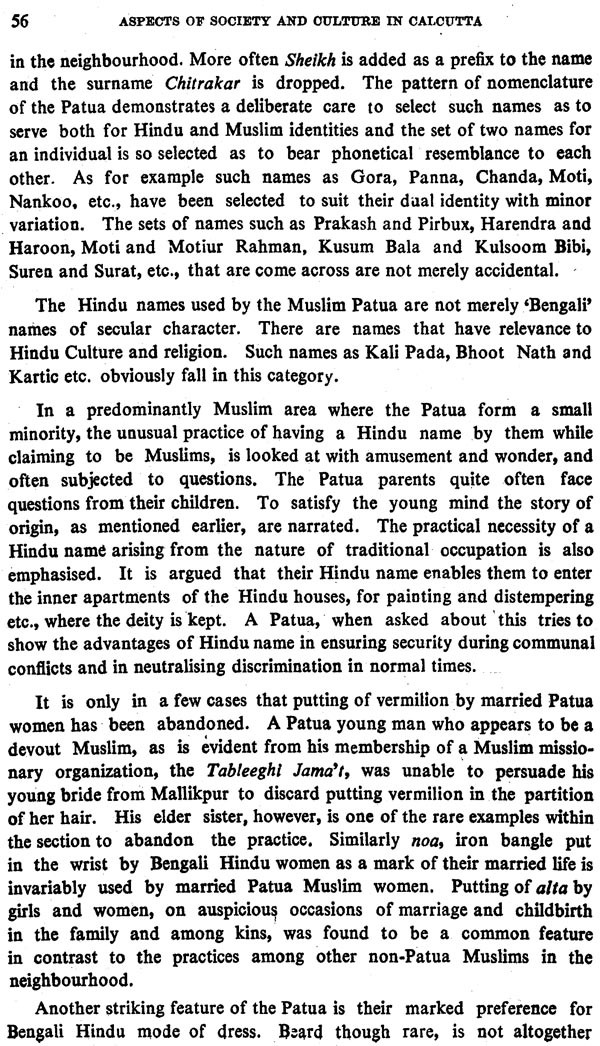
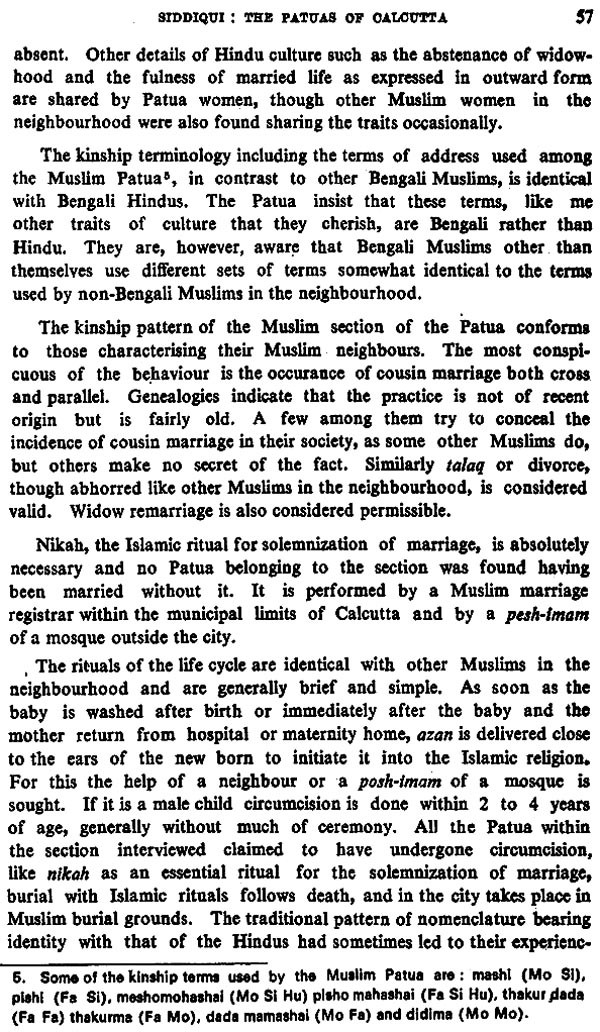
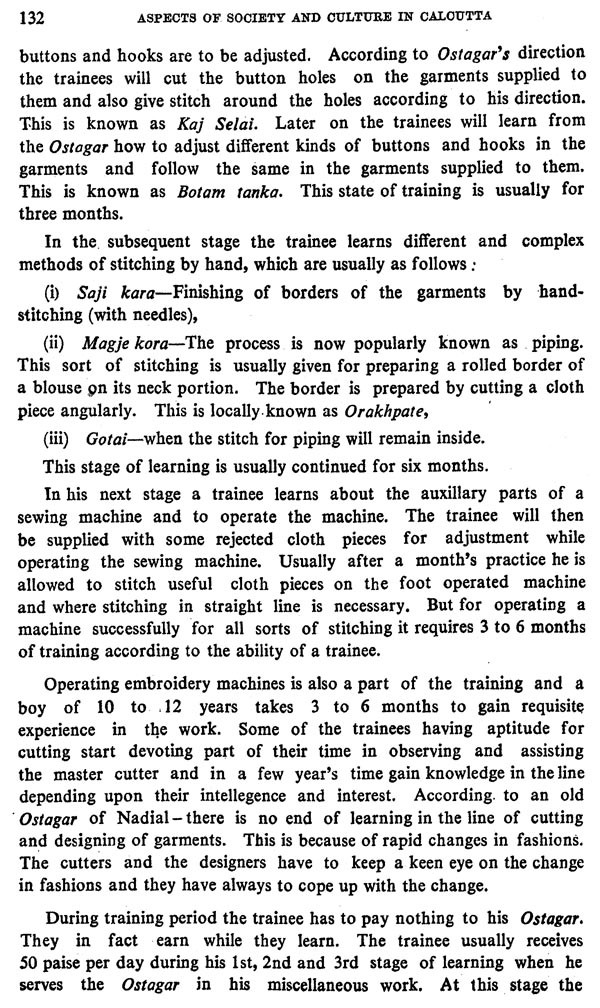
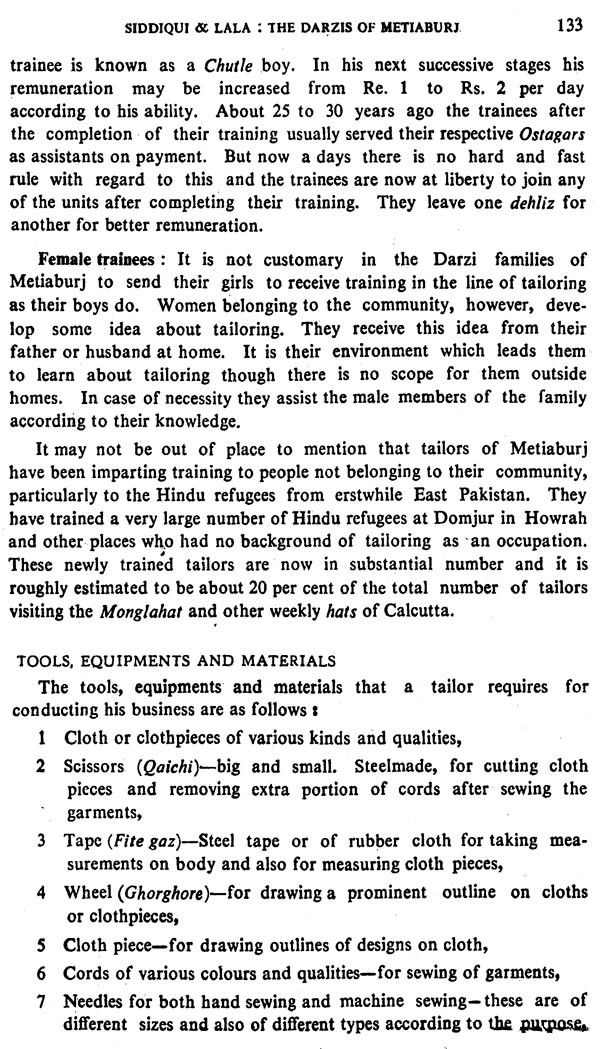
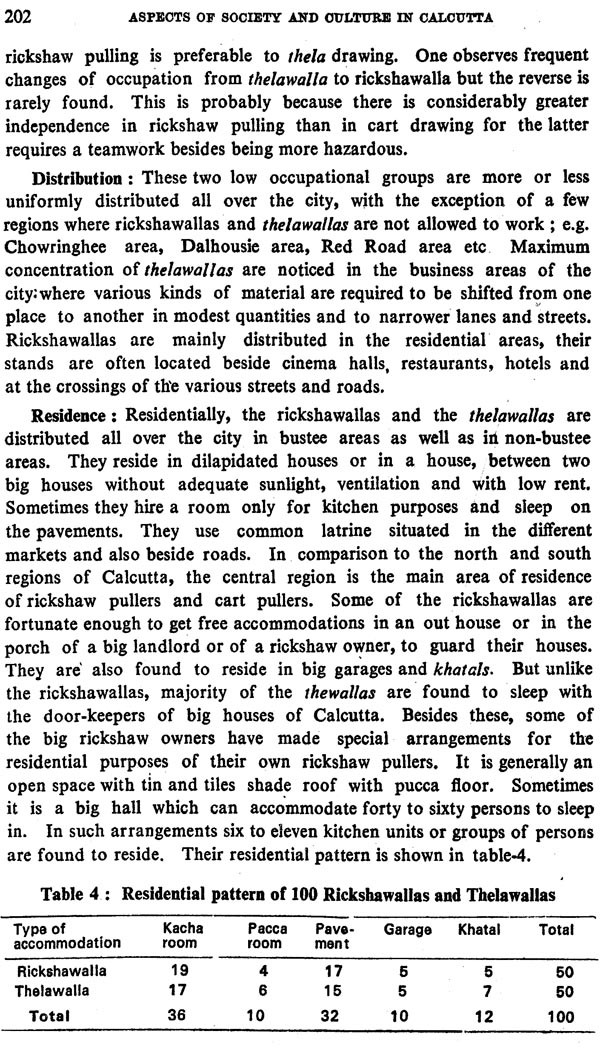
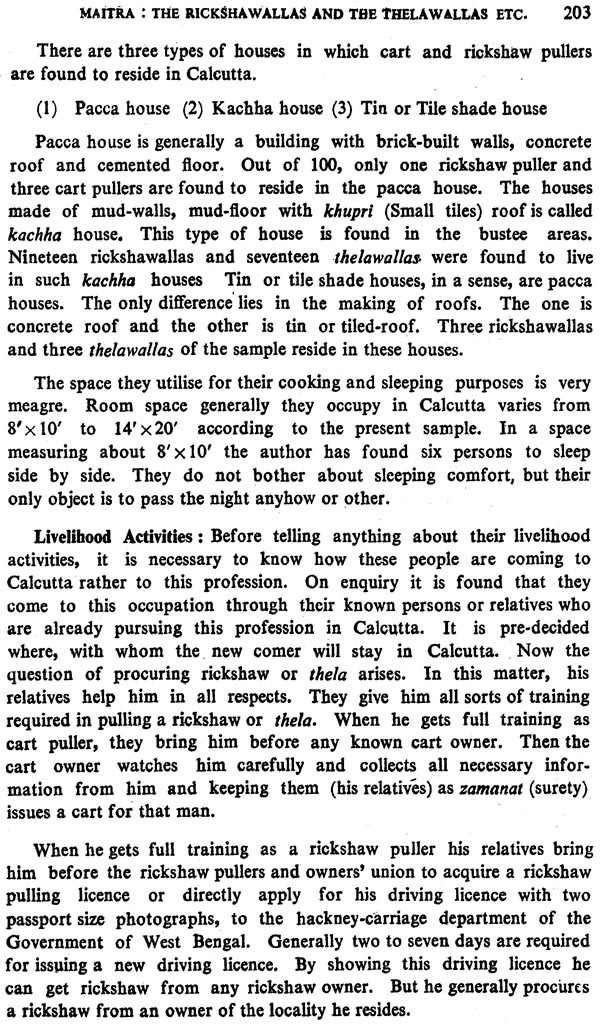

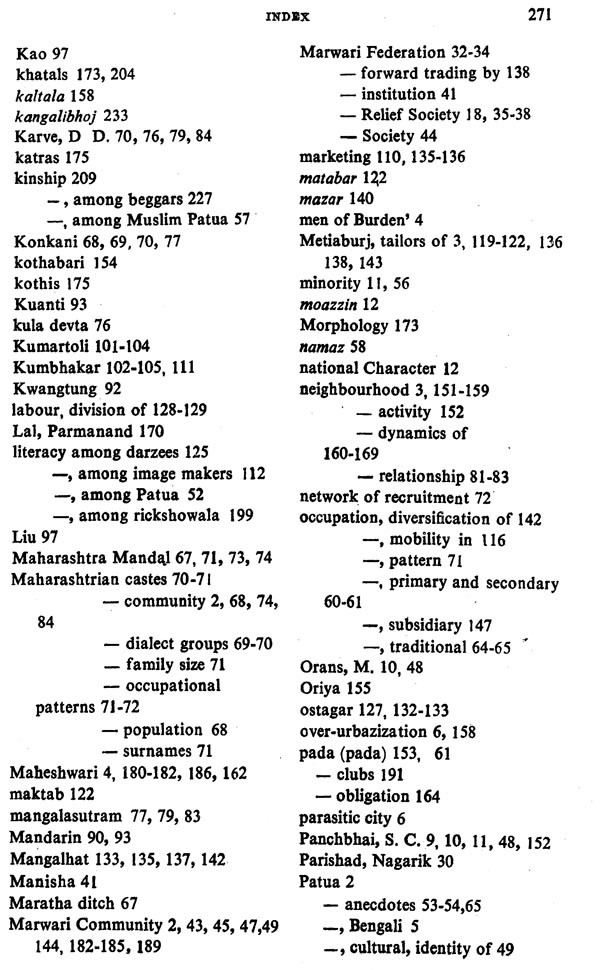
-
Q. What locations do you deliver to ?A. Exotic India delivers orders to all countries having diplomatic relations with India.
-
Q. Do you offer free shipping ?A. Exotic India offers free shipping on all orders of value of $30 USD or more.
-
Q. Can I return the book?A. All returns must be postmarked within seven (7) days of the delivery date. All returned items must be in new and unused condition, with all original tags and labels attached. To know more please view our return policy
-
Q. Do you offer express shipping ?A. Yes, we do have a chargeable express shipping facility available. You can select express shipping while checking out on the website.
-
Q. I accidentally entered wrong delivery address, can I change the address ?A. Delivery addresses can only be changed only incase the order has not been shipped yet. Incase of an address change, you can reach us at help@exoticindia.com
-
Q. How do I track my order ?A. You can track your orders simply entering your order number through here or through your past orders if you are signed in on the website.
-
Q. How can I cancel an order ?A. An order can only be cancelled if it has not been shipped. To cancel an order, kindly reach out to us through help@exoticindia.com.
